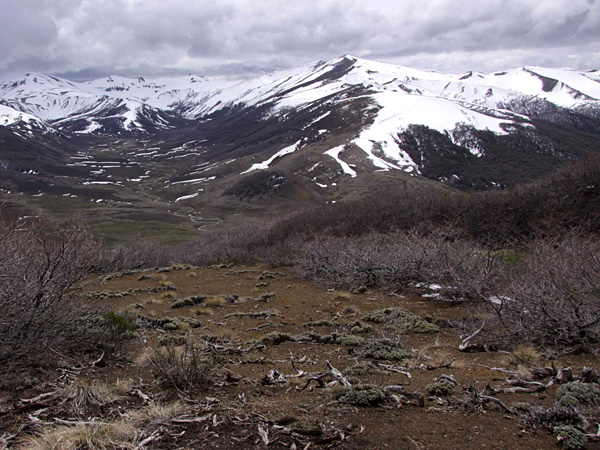The Andes: a hotspot of nivicolous myxomycete diversity
Nivicolous myxomycetes are an ecological group of soil protists which occurs in all mountains of the world in microhabitats at the edge of melting winter snow cover. The team working on myxomycetes at our Institute (Dr. Anna Ronikier and Paulina Janik), in cooperation with colleagues from the Royal Botanic Garden in Madrid, investigates the diversity of nivicolous myxomycetes in the South American Andes – one of the least known areas in this respect. Recent analyses focused on the order Trichiales revealed an unexpected species diversity of this taxonomic group, which is not very diverse in the Northern Hemisphere. As many as 15 species were found, two of which, Hemitrichia crassifila and Perichaena patagonica, were described as new to science – they are putative Andean endemics. Recent work, together with the previous studies, indicate that the Andes are characterized by outstanding species diversity and constitute an exceptionally important evolutionary hotspot for nivicolous myxomycetes.
For more information, see the articles:
Ronikier A., García-Cunchillos I., Janik P., Lado C. 2020. Nivicolous Trichiales from the austral Andes: unexpected diversity including two new species. Mycologia 112: 753–780. DOI
Ronikier A., Lado C. 2015. Nivicolous Stemonitales from the Austral Andes: analysis of morphological variability, distribution and phenology as a first step toward testing the large-scale coherence of species and biogeographical properties. Mycologia 107: 258–283. DOI

Andean shrubland of Nothofagus sp. in Puerto Pichachen area, Neuquén, Argentina.
Photo: Anna Ronikier.






